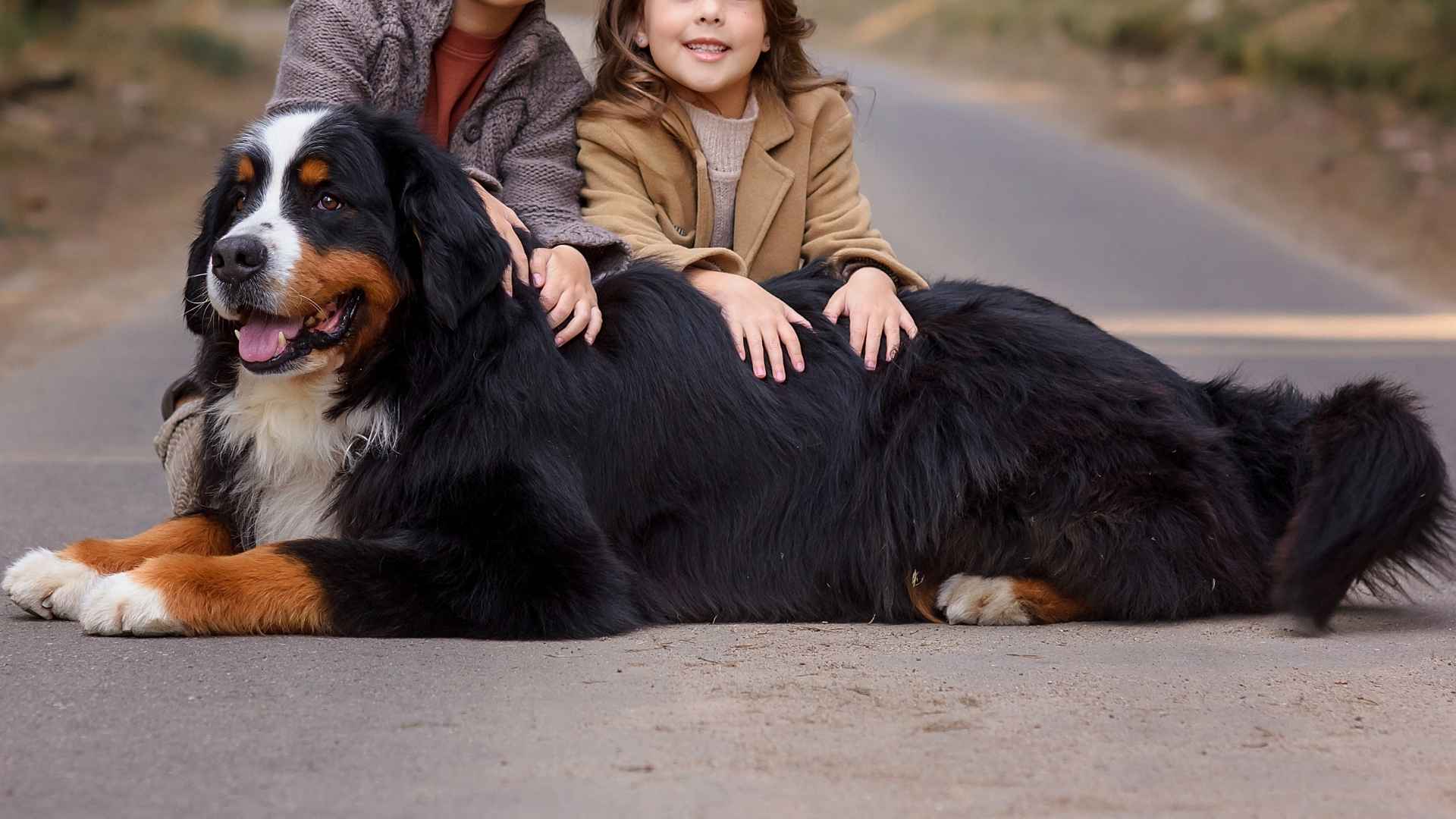Think big. And we mean really big. If you’ve ever dreamed of a dog that could double as your furry bodyguard, cuddle buddy, and conversation starter—all rolled into one massive frame—you’re in the right place. Giant dog breeds bring a whole lot more than just size to the table.
Sure, they take up space (like, half-your-couch kind of space), but they also bring a calm, gentle vibe that smaller breeds just can’t match. These gentle giants often have a laid-back temperament, making them surprisingly great for families, solo owners, and even apartment dwellers with enough room and heart to spare.
But here’s the kicker—did you know some of the biggest dogs are also the softest at heart? It’s true. Behind those towering statures are often total sweethearts who just want to be close to their people. So, which of these giants might be your perfect match? Let’s size them up.
Best Giant Dog Breeds
1. Great Pyrenees
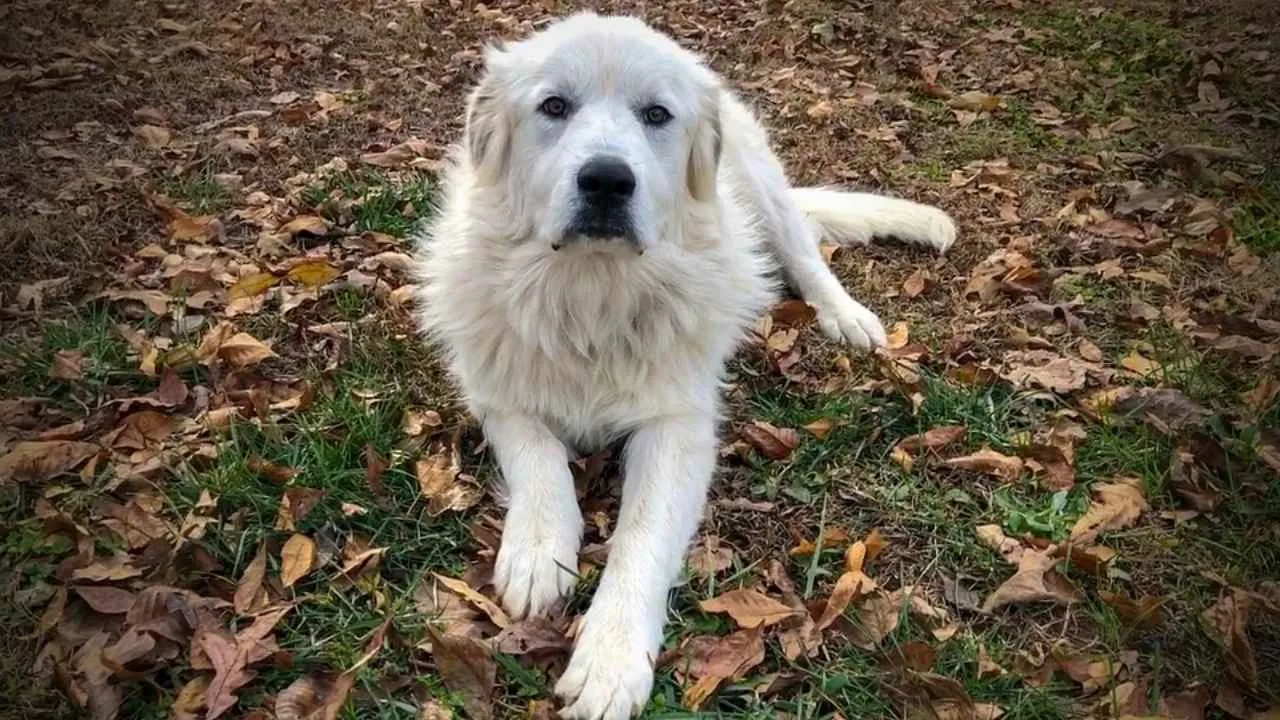
Meet the Great Pyrenees—a mountain of fluff with the soul of a monk and the instincts of a bodyguard. This dog was literally bred to guard livestock alone in the snowy Pyrenees mountains, and that ancient calling still runs deep. Calm, composed, and dignified? Absolutely. But make no mistake—this dog knows how to throw down if something’s not right.
What’s wild about the Pyr is how gentle they are despite their size, says PetMD. These aren’t rough-and-rowdy giants. Instead, they move with a kind of quiet confidence. Around kids and smaller pets? They’re like walking marshmallows—soft, patient, and unbothered. But hey, if a stranger steps on their property uninvited? That’s when the lion wakes up.
They’ve got an independent streak a mile wide. Pyrs were bred to think for themselves—after all, they were out in the mountains, making life-or-death decisions without human help. So yeah, training takes a little finesse. You ask, they decide. But when they respect you, they’ll move mountains for you.
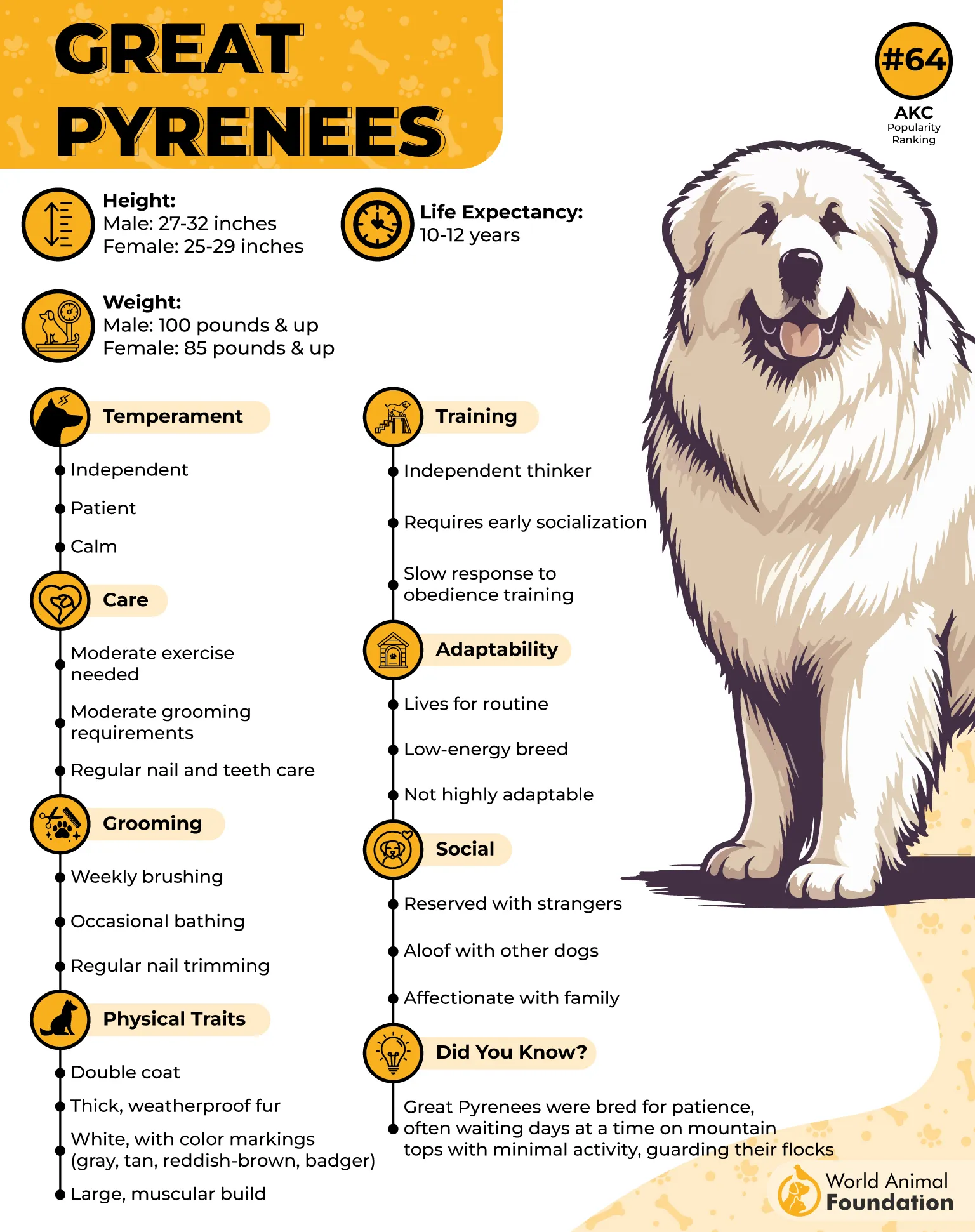
These dogs are stunning—let’s not pretend otherwise. Their thick white coat isn’t just for looks, though. It’s weatherproof armor. Snow, rain, wind—they’re built for the elements. But fair warning: that coat sheds, and not just in small doses. Got a vacuum? Good. You’ll need it.
Another cool thing? Their nighttime habits. These dogs are natural night shift workers. Historically, they guarded flocks at night, so they’re naturally more alert when the sun goes down. Don’t be surprised if your Pyr starts patrolling after dark—it’s literally in their blood.
Fun Fact: Great Pyrenees were once declared the Royal Dog of France by King Louis XIV. Royalty? Yeah, they’ve always had that “born majestic” energy.
2. Irish Wolfhound
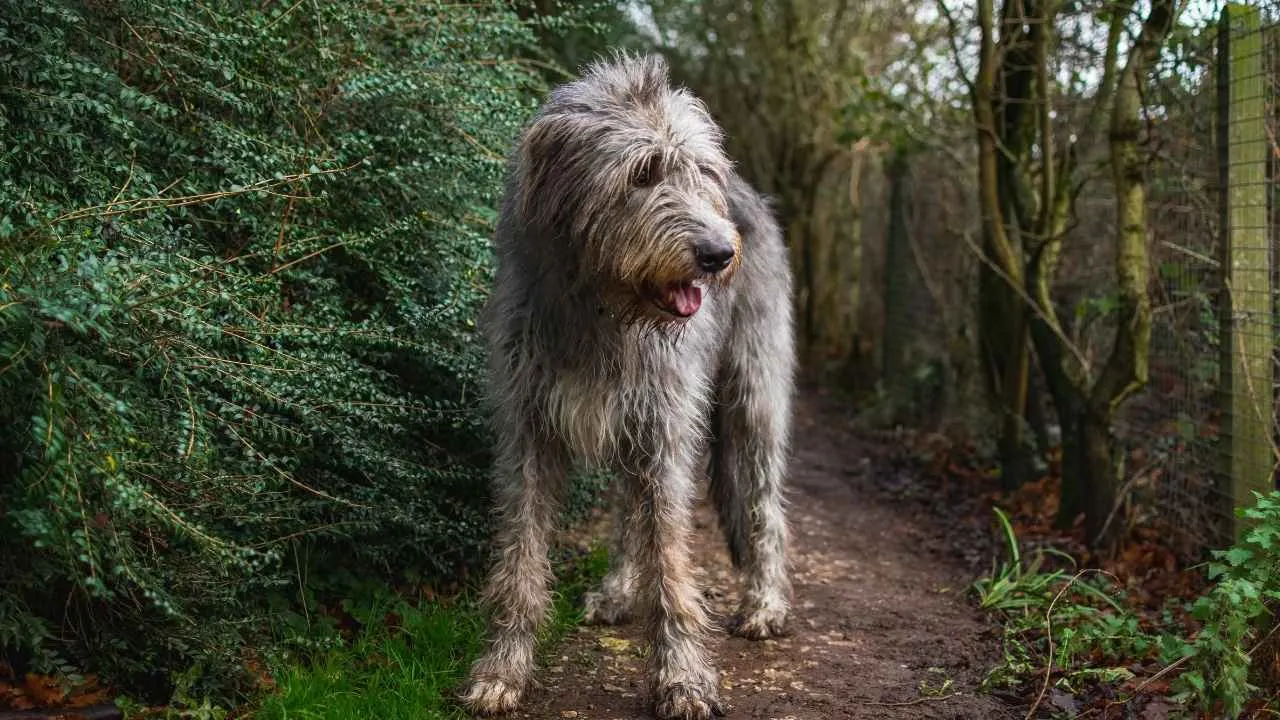
The Irish Wolfhound walks into a room and suddenly everything else feels small. Not just because of its sheer size (we’re talking tallest dog in the world), but because this breed carries itself like a knight in shaggy armor—honorable, calm, and a little bit mythical, states PetMD.
Did you know these dogs were once used to hunt wolves and drag men off horses in battle? Yeah, total war dogs back in the day. But fast-forward a few centuries, and now they’re more like gentle philosophers who nap in sunbeams. It’s an epic personality shift, and it’s part of what makes them so fascinating.
Their size is no joke, though—standing on their hind legs, they can easily top 7 feet. But here’s the kicker: they’re incredibly graceful. Watching one move is like watching slow-motion art. There’s no clumsiness, no chaos—just smooth, deliberate motion, even through tight spaces.
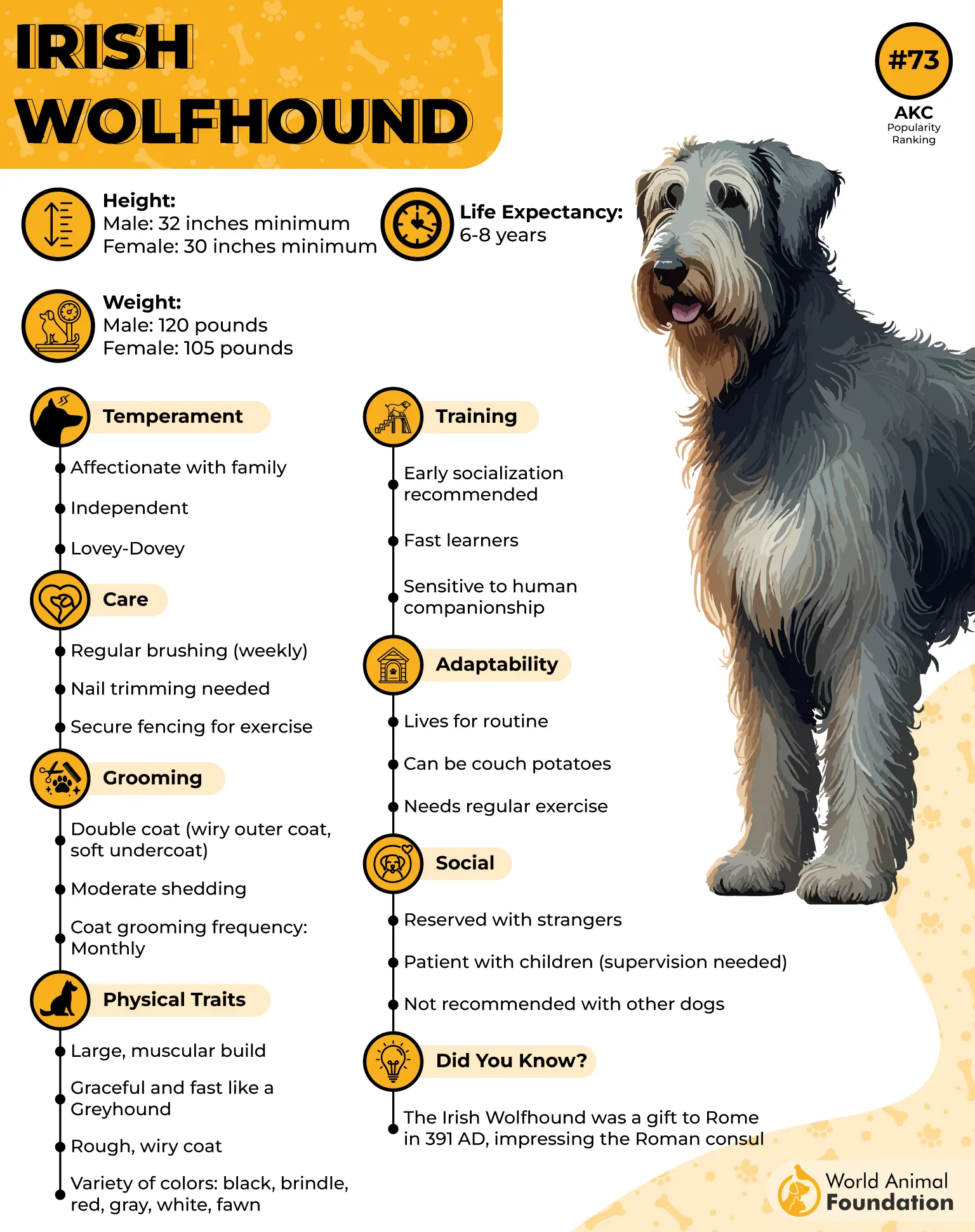
They’re what you’d call “emotionally intuitive.” These dogs feel things. Sad? They’ll come lean against you like a furry therapist. Stressed? They’ll just exist quietly next to you until it passes. It’s like they read your emotional blueprint and know exactly how to respond, without ever being needy.
Living with a Wolfhound means adjusting to their quiet but mighty presence. They don’t demand attention—they just are. And honestly? That’s the magic. You don’t own an Irish Wolfhound. You coexist with one… like having a roommate who was raised in a fantasy novel.
3. Leonberger
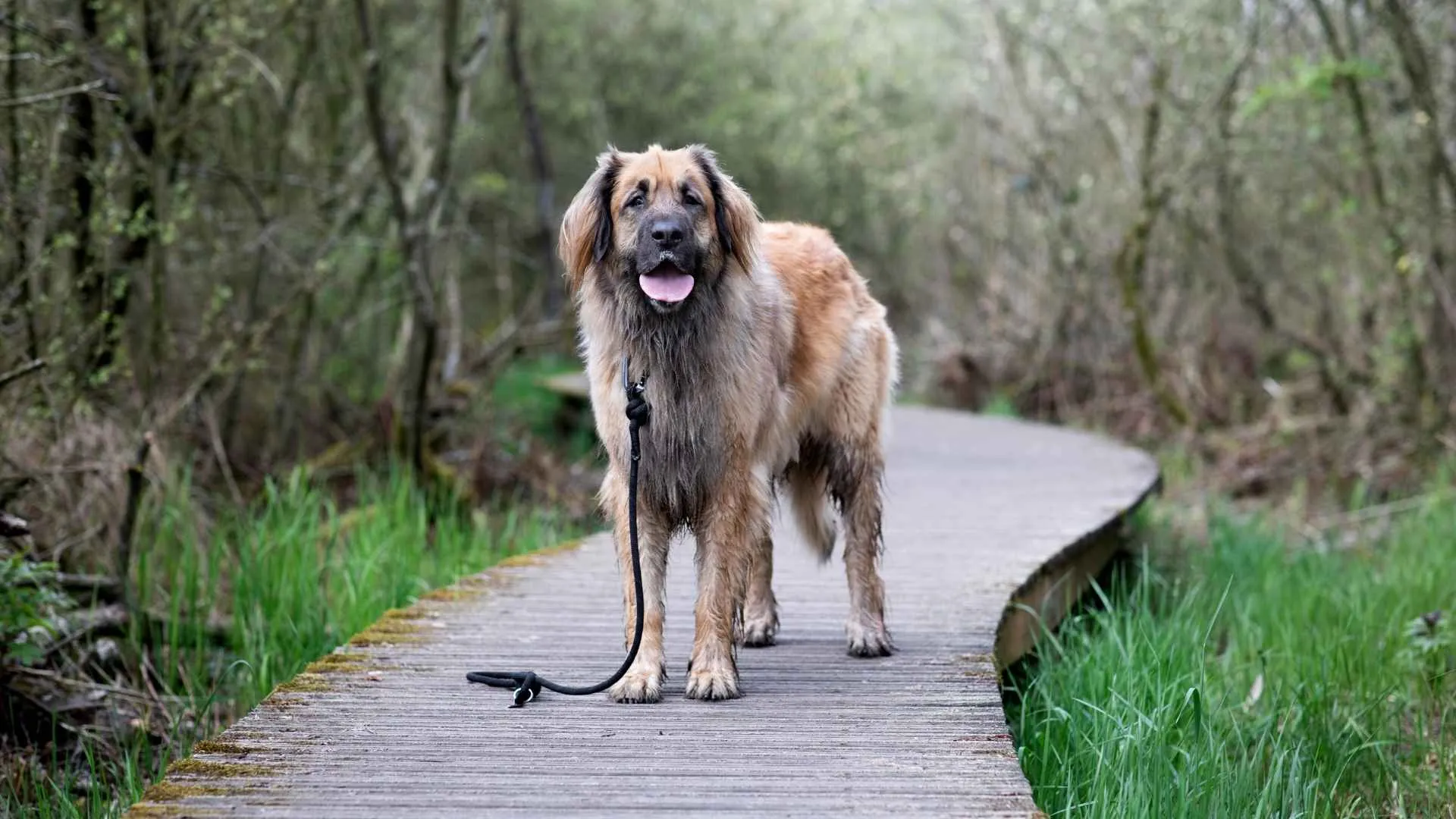
Leonberger is a dog that looks like a lion but acts like a therapist. Massive and majestic, sure—but behind that regal fluff is a sweet, sensitive soul who just wants to be part of the family. They don’t do aloof. They are affectionate, present, and downright lovable.
Originally bred to resemble a lion as part of European nobility’s obsession with grandeur, Leonbergers weren’t just meant to look impressive—they had to earn their keep. These dogs pulled carts, guarded estates, and later served in water rescue missions. So yeah, beauty and brawn? Fully covered.
Leonbergers are total water lovers. Seriously—give them a lake, pool, or even a big puddle, and they’ll wade in like it’s the best day of their life. This isn’t just a hobby—it’s instinct. In fact, they’re one of the few giant breeds known for having actual webbed feet. Talk about built-in flippers.
Unlike many other giants, Leos don’t just want to chill on the couch all day. They thrive with a purpose. Whether it’s hiking, therapy work, or even cart-pulling in parades (yes, that’s a thing), they love having a job. Idle paws? Not their style.
Despite their size, Leonbergers are surprisingly agile and loyal, says Purina. They can navigate tight corners, handle stairs, and gently play with toddlers without bulldozing the furniture. It’s like they know exactly how big they are and work around it like absolute pros.
4. Mastiff
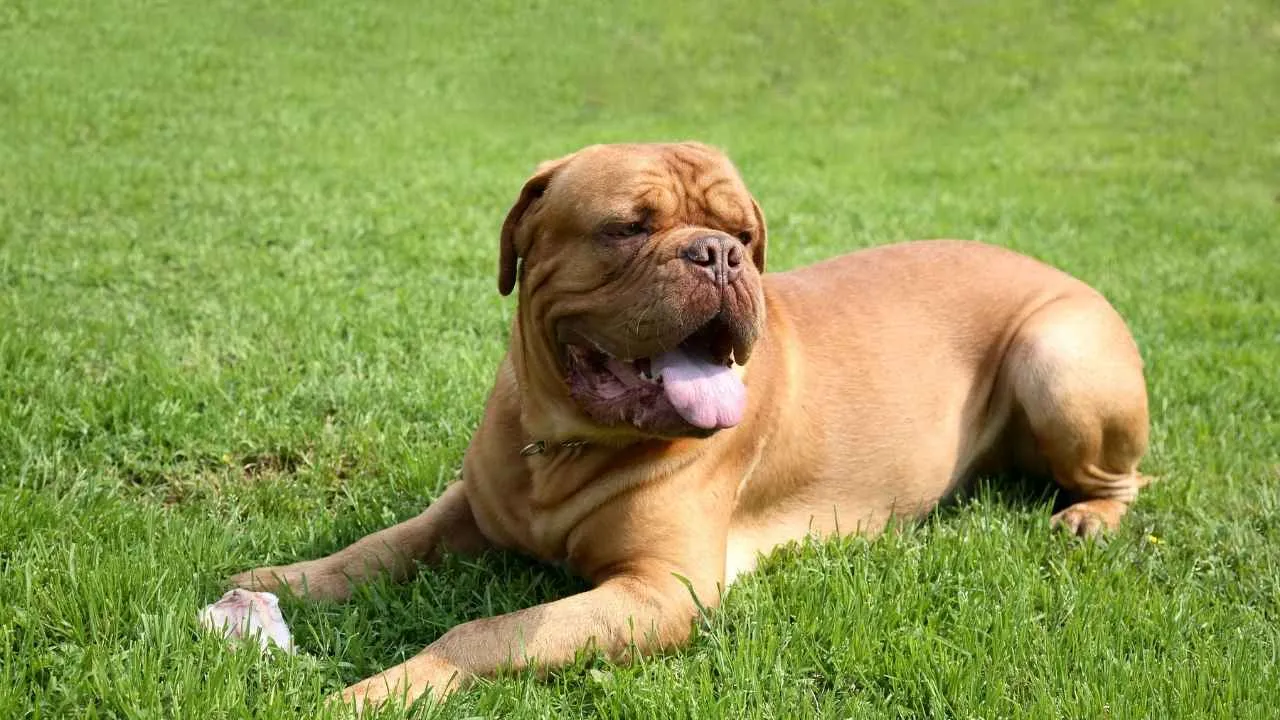
Let’s be honest—when a Mastiff walks down the street, heads turn. They’re built like walking fortresses, with a stance that says, “Yeah, I’ve seen some things.” But despite their beastly size, these dogs are famously low-key. They’re not out to impress anyone—they just exist in their own calm, confident orbit.
This breed’s roots go way back. We’re talking ancient Babylon, Roman war dogs, and medieval estate guardians. The Mastiff has always had one job: to protect. But the magic? They don’t need to bark or charge to do it. Their size alone sends a clear message: “Try me.”
Now here’s where things get unexpectedly wholesome. Mastiffs are total softies at home. With family, they’re affectionate, gentle, sensitive, and—get this—kind of goofy. They’ll lumber over to you, lean their full weight on your legs like a 200-pound teddy bear, and fall asleep mid-cuddle.
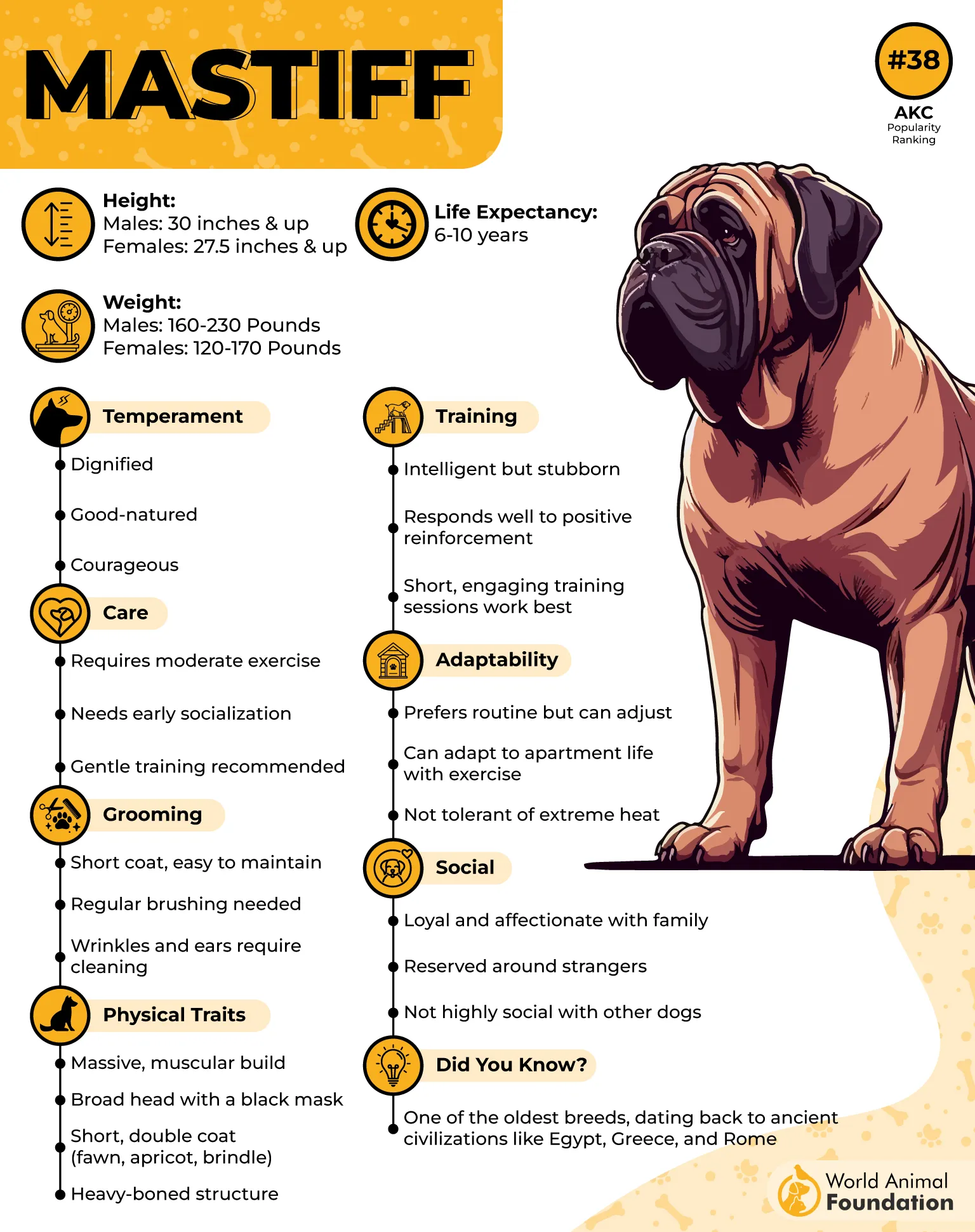
They’re not athletes, and they’re totally fine with that. While some giant breeds love the great outdoors, Mastiffs are cool with a few short walks and plenty of downtime. Give them a cool floor to sprawl on, and they’re living the dream. Ever seen a 230-pound dog snore? It’s oddly adorable.
Mastiffs are incredibly patient with kids, says AKC. Their tolerance is next-level. Whether it’s toddlers pulling ears or little ones learning to walk by hanging onto their backs, these dogs handle it all with a calm gaze and a sigh. They don’t just “put up with” family life—they thrive in it.
5. Neapolitan Mastiff
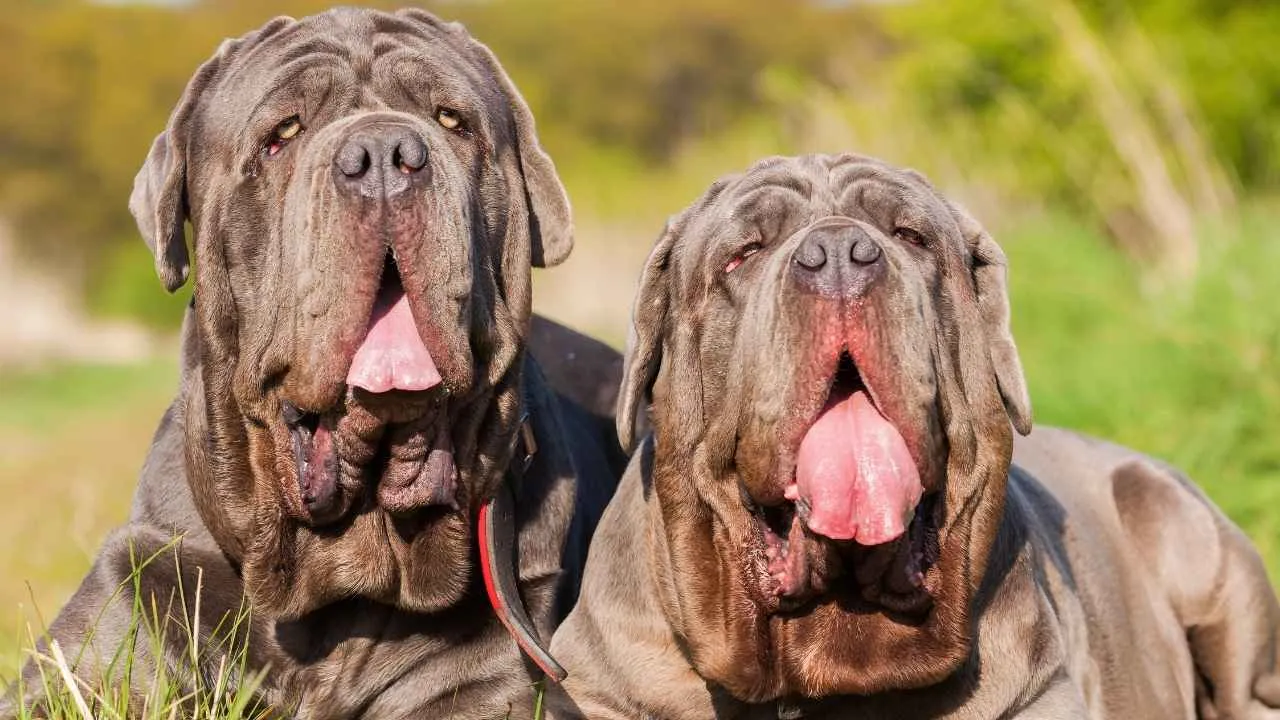
Neapolitan Mastiff is a dog that looks like it fought in a Roman coliseum and then decided to become a nap enthusiast. With its deep folds, drooping lips, and massive, lumbering frame, this breed is a walking monument to ancient power—and low-key charm.
These dogs were bred for protection—real protection. We’re talking estate-guarding, intruder-scaring, no-nonsense intimidation. But here’s the twist: they’re not aggressive by nature. They’re just built to look terrifying. In reality? Total family goofballs… with the face of a grumpy old man who’s seen it all.
Neos are naturally territorial. You don’t teach them to guard—they just do it. A quiet prowl to the front door, a deadpan stare at the mailman, and the message is crystal clear: “This house is covered.” They don’t need to bark much. Their presence alone says it all.
Those wrinkles? They’re not just for drama. Historically, those folds helped protect vital areas during fights. If an attacker grabbed skin, it gave the Neo an edge to twist free and counter. Nowadays? The only battle they fight is against the vacuum cleaner. And probably stairs.
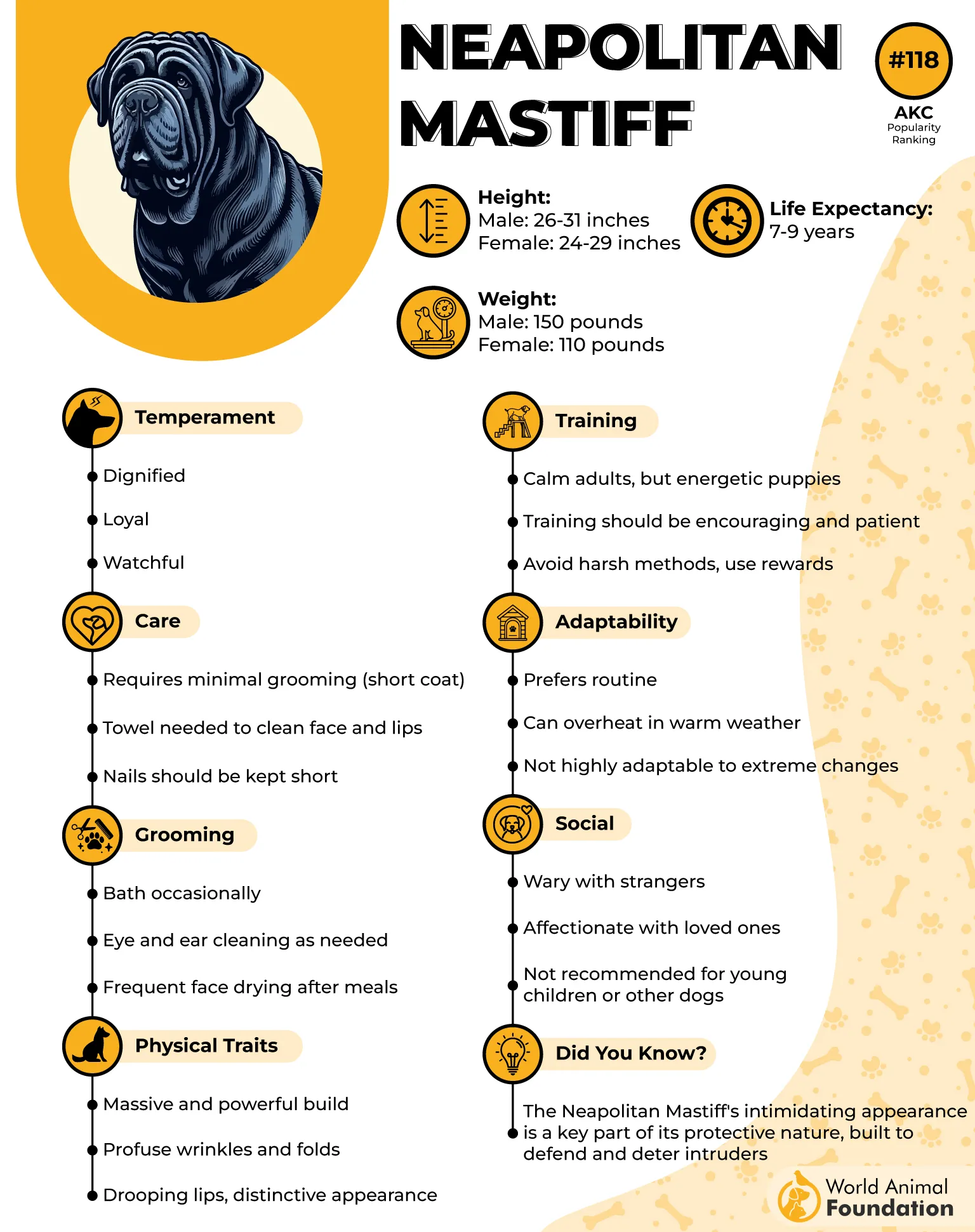
Training one is a mix of comedy and strategy. PetMD states that they’re intelligent, but they’ve got this “you’re not the boss of me” energy. You’ll say “sit,” and they’ll stare like they’re calculating taxes. Patience, consistency, and a sense of humor? Required equipment.
6. Newfoundland
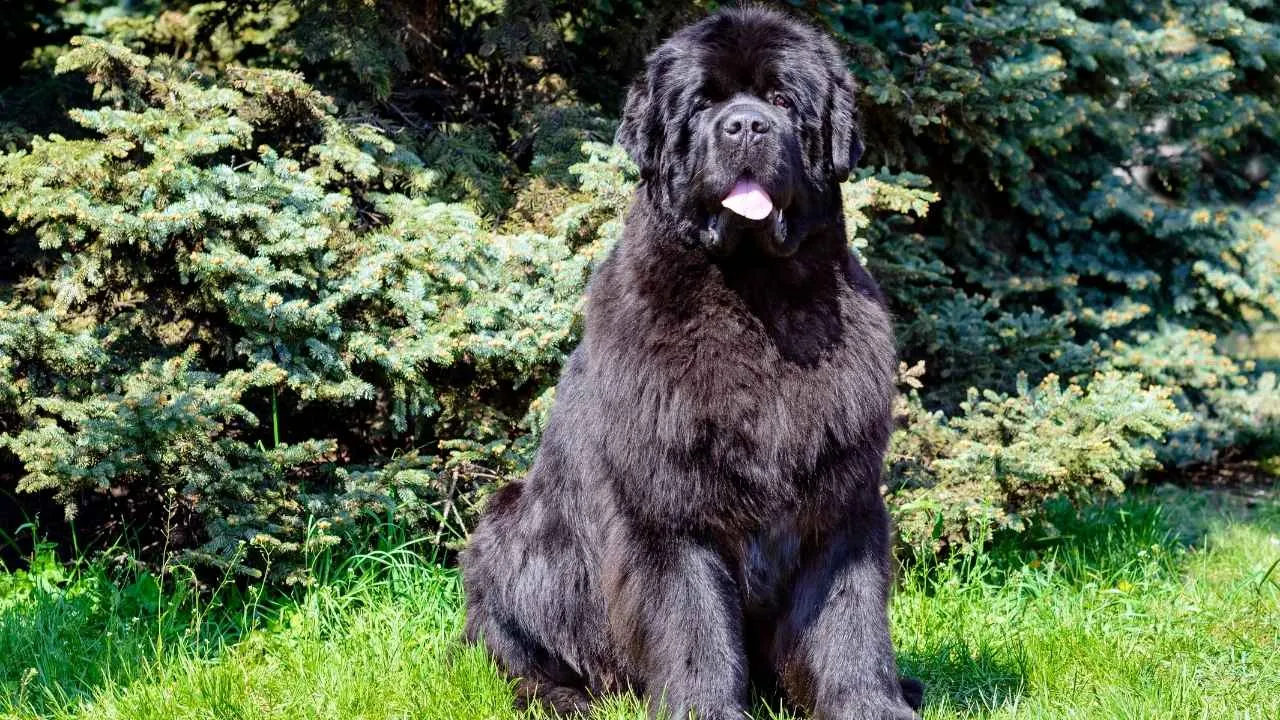
What do you get when you cross a bear, a mermaid, and a nanny? A Newfoundland. These gentle giants are known for their incredible swimming ability, sweet nature, and uncanny instinct to protect and comfort, especially when water’s involved. They’re the lifeguards of the dog world, minus the whistle.
Newfies have webbed feet—no joke. Not just cute toe fluff, but actual skin between their toes designed for serious swimming. Combine that with their thick, water-resistant coat and barrel chest, and you’ve got a dog that was basically engineered for open water rescues.
This isn’t just a legend, either. Newfoundlands have literally saved lives. Sailors, kids, even adults swept away by waves—many owe their lives to a Newfie. They’re known to jump into water unprompted if they think someone’s in danger. Heroic and a little dramatic? Absolutely.
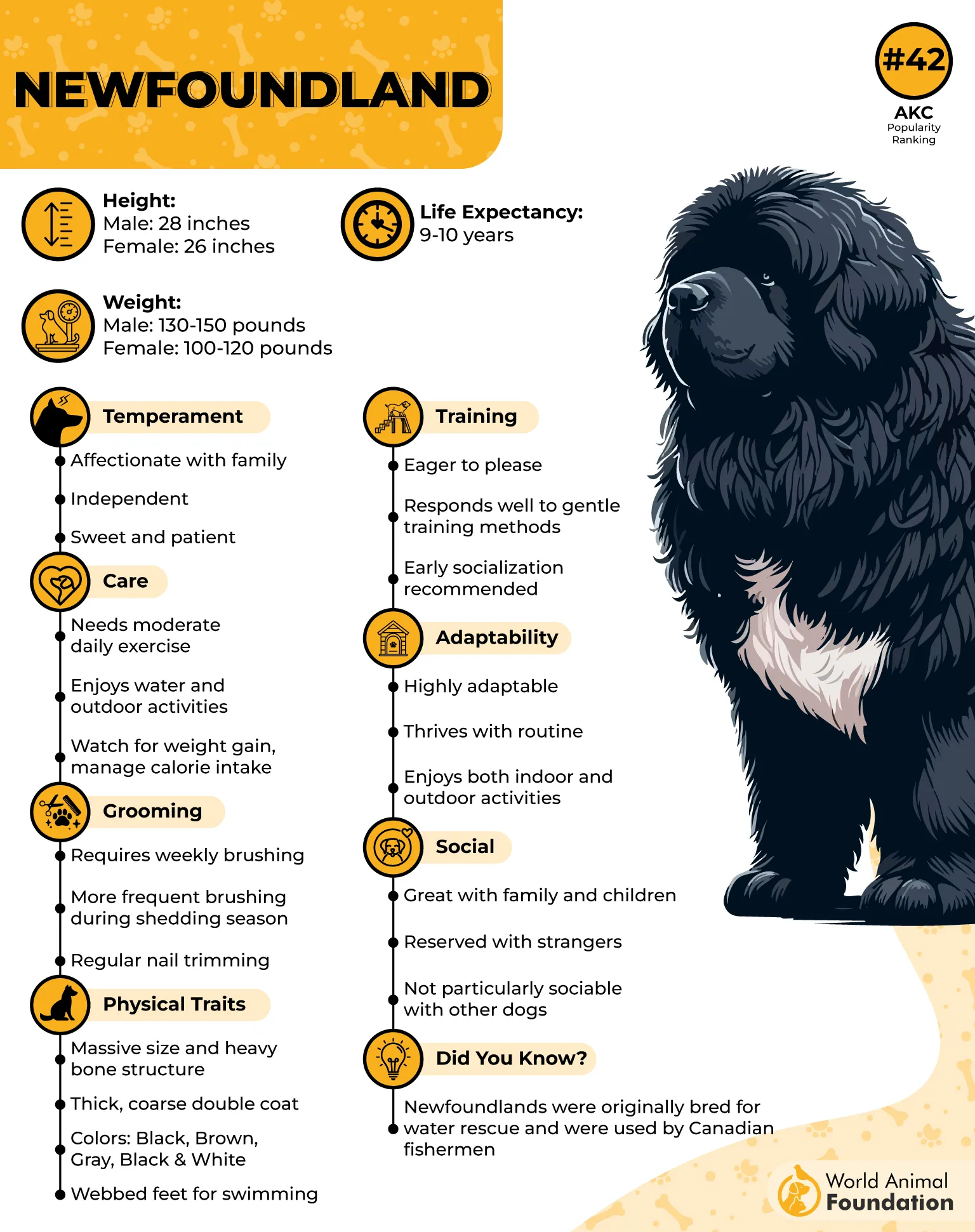
They’re calm to the core. Even as puppies, they’ve got this grounded, “old soul” energy. They won’t be tearing through the house or bouncing off walls. They’ll just quietly lumber over, rest their head on your lap, and give you that look that says, “Let’s just vibe today.”
Despite their size, Newfoundlands are incredible with children. Like, eerily so. Hill’s Pet Nutrition says that they’re patient, protective, and strangely intuitive around tiny humans. It’s not rare to see a Newfie gently positioning itself between a toddler and a set of stairs. No training required—it’s just who they are.
7. Saint Bernard
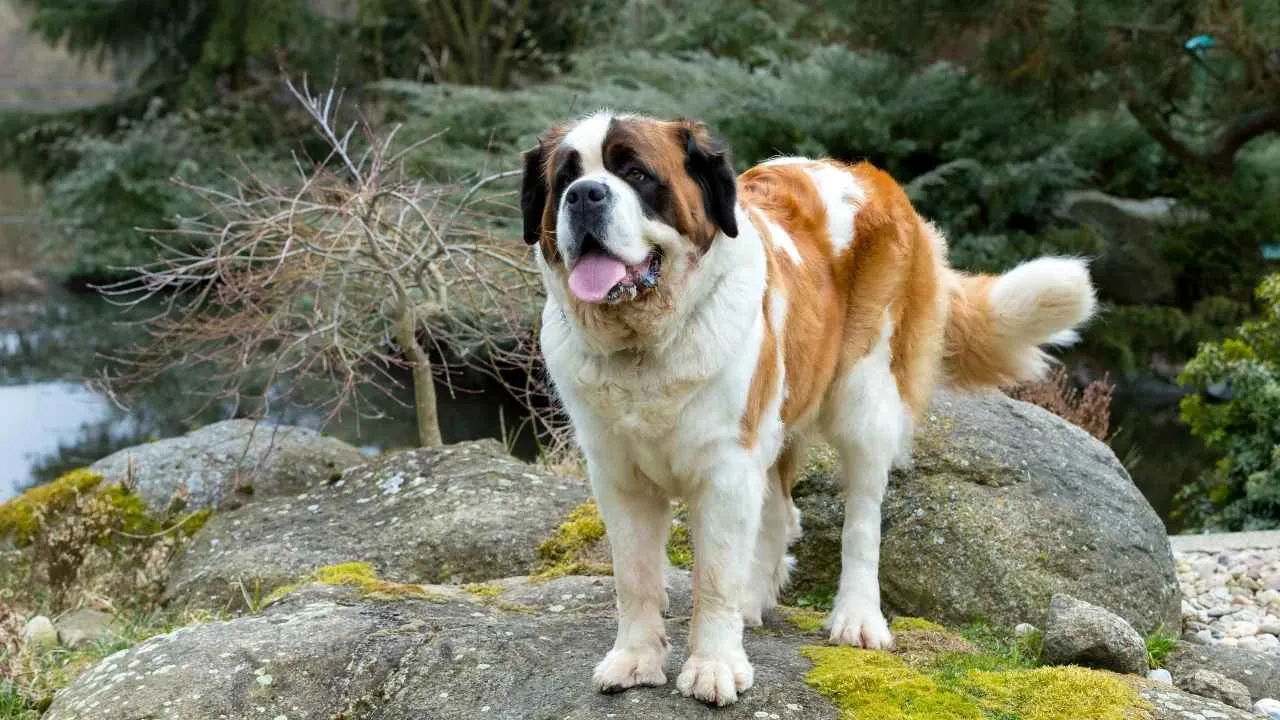
Picture this: a blizzard in the Swiss Alps, travelers lost, visibility zero. Who shows up through the snow like a four-legged tank with a barrel (mythical, but still cool) around its neck? The Saint Bernard. This breed was born to save lives in the harshest conditions imaginable—and it takes that mission seriously.
Originally bred by monks at the Great St. Bernard Hospice, these dogs weren’t just companions—they were essential workers. Saints were trained to sniff out people buried in snow, dig them out, and even lie beside them to provide warmth until help arrived. That’s not loyalty. That’s legacy.
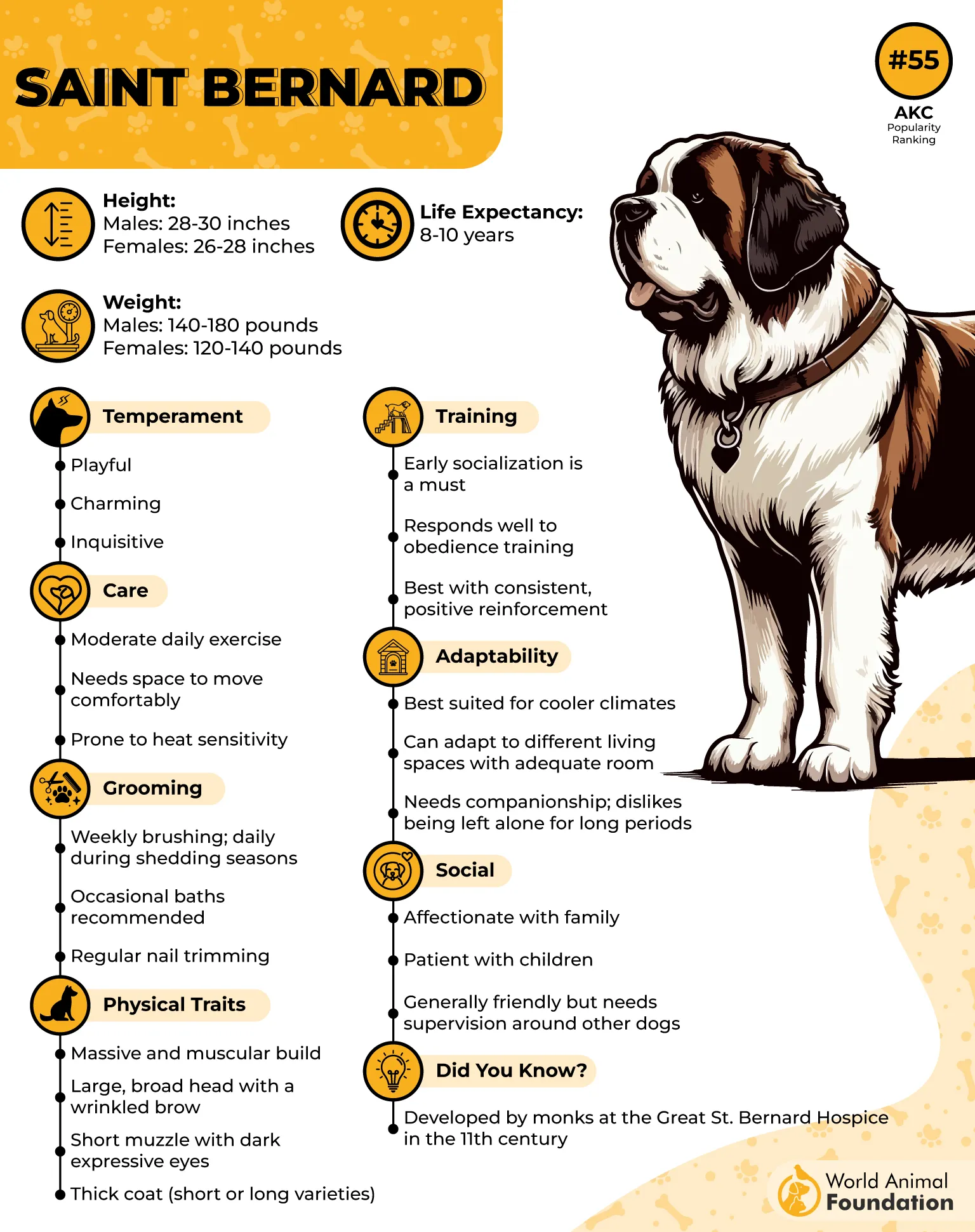
But get them off the mountain, and they’re all about sofa life. Saint Bernards are surprisingly chill indoors—quiet, calm, composed, and loving, says AKC. They don’t need hours of exercise. Just some moderate walks and a soft spot to snooze. Basically, they’re your emotionally intelligent snow yeti.
One thing that sets the Saint Bernard apart? Their sense of direction and scent memory. Back in the day, they could remember avalanche zones, sniff out old trails, and detect tiny human scent particles under deep snow. Today, that talent might translate into sniffing out your lost sock. Still impressive.
And yes, the drool is real. After drinking, they’ll look you dead in the eye and casually slime your jeans. But Saint owners tend to wear it like a badge of honor—because when your dog is basically a rescue legend in fluffy disguise, a little drool is a fair trade.
8. Scottish Deerhound
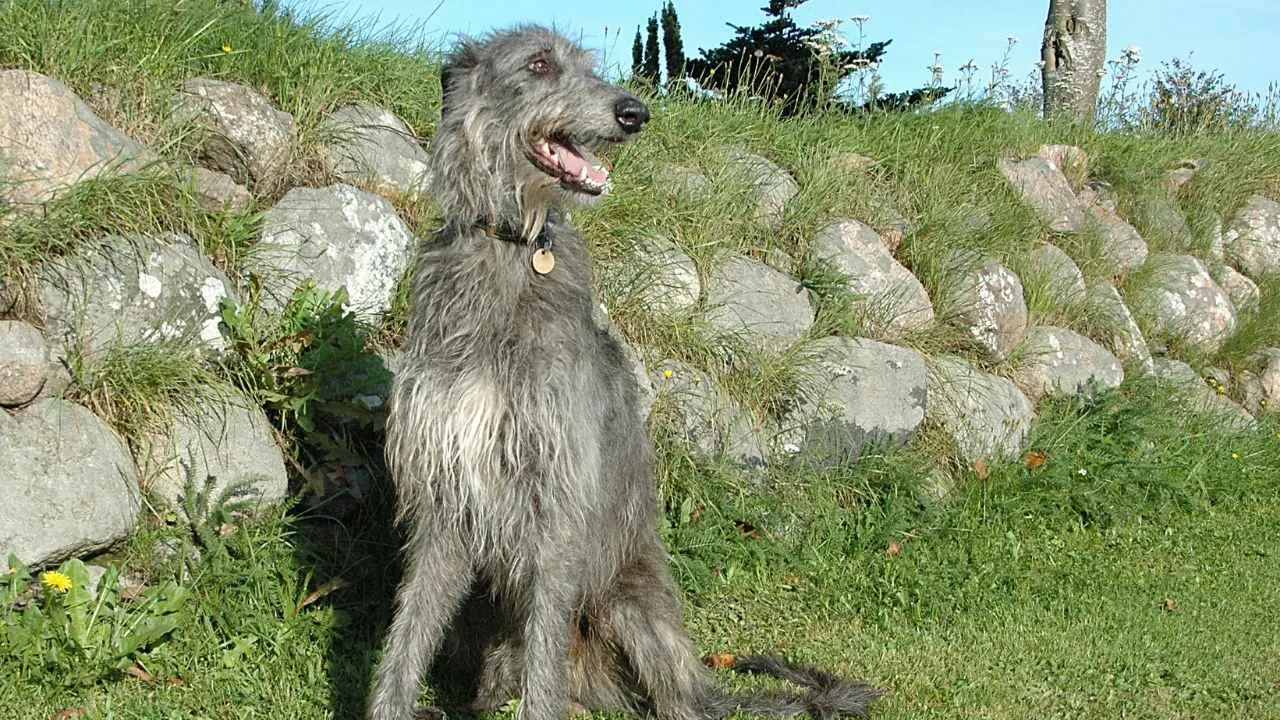
Ever wonder what it’s like to see poetry in motion? Watch a Scottish Deerhound run. Originally bred to chase down full-grown deer across the rugged Highlands, these dogs are built for pure speed and stamina, but somehow move like they’re floating over the earth. Graceful doesn’t even cover it.
Despite their athletic roots, Deerhounds are incredibly laid-back indoors. They’ll spend most of their day lounging in silence, curled up like a shaggy noodle on the couch. It’s a weird and wonderful contrast: track-star outdoors, zen master indoors. They’re basically big, bearded yoga instructors.
These dogs with low energy are ancient—like, pre-medieval ancient. Scottish clans once reserved them for royalty only, calling them “the Royal Dog of Scotland.” If you didn’t have a title or a castle, you didn’t get a Deerhound. Today, they’re still rare, but a bit more down-to-earth.
Their personalities are quiet and noble, almost ethereal, and independent thinkers, states PetMD. They don’t bark much, they don’t bounce off the walls, and they don’t demand attention. But they do love their humans deeply. A Deerhound’s affection isn’t clingy—it’s more like a quiet presence that follows you around, waiting to be part of your calm.
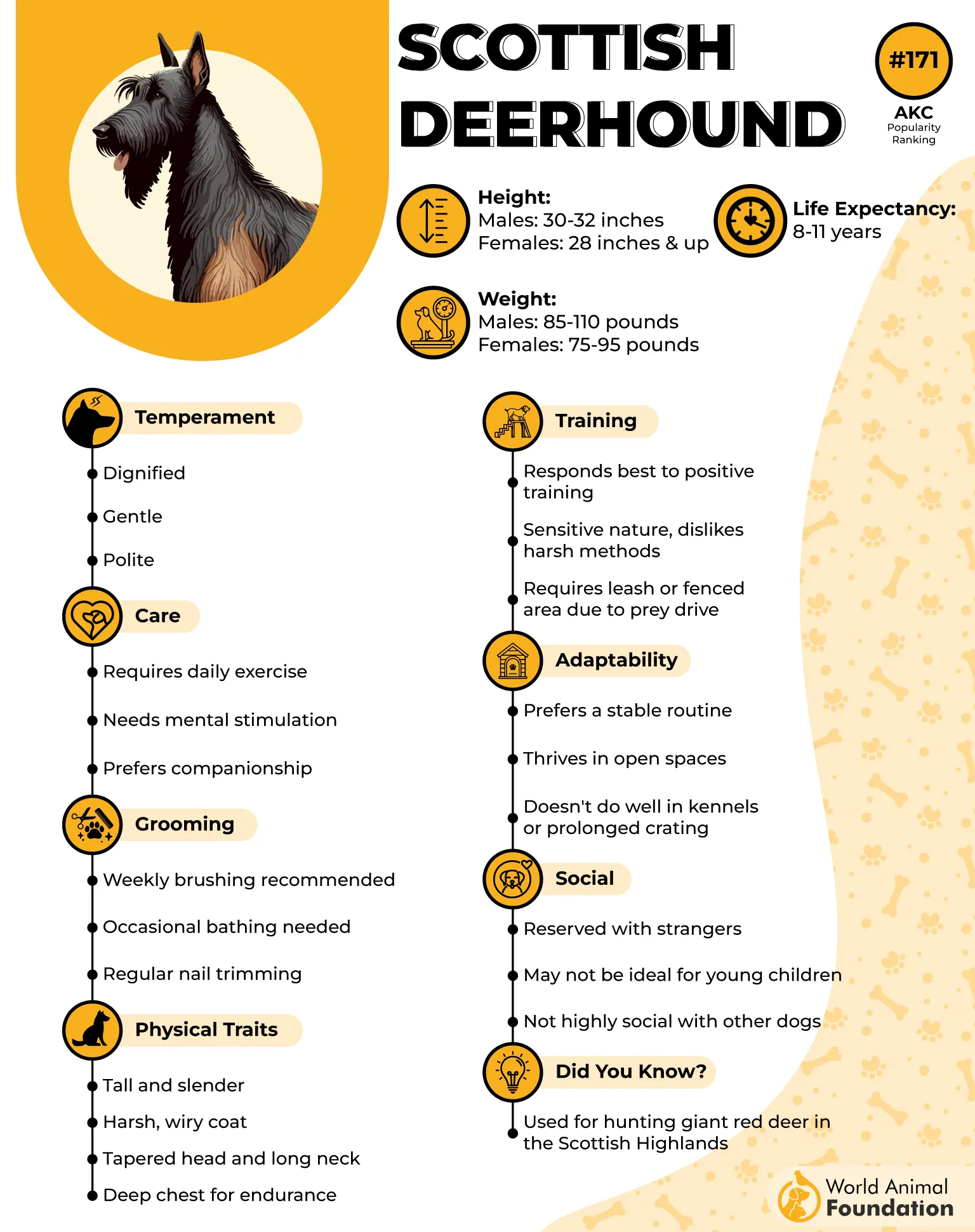
And while their long legs might scream “escape artist,” most Deerhounds aren’t into rebellion. They enjoy freedom, yes—but what they love more is running in wide-open spaces with you. A fenced yard is great, but what they really crave is a safe field and a bit of a sprint.
9. Tibetan Mastiff
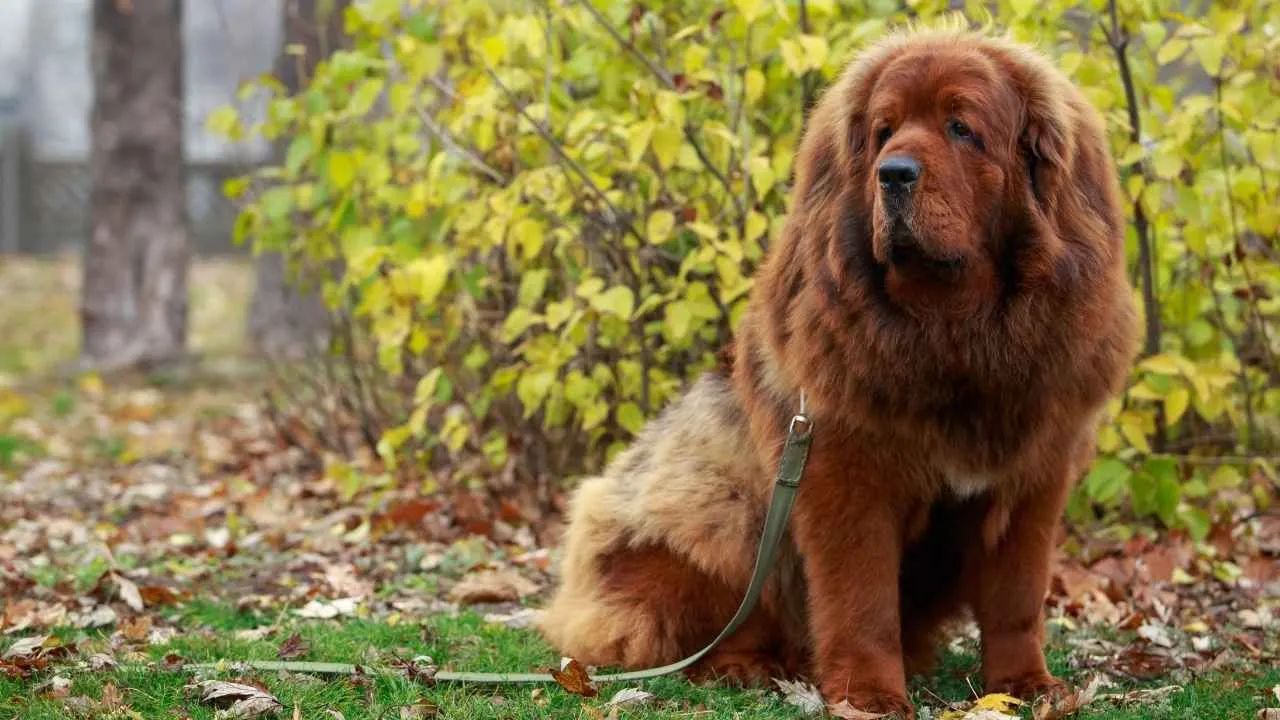
Ever seen a dog that makes you pause and go, “Wait… is that a bear?” That’s the Tibetan Mastiff for you. With its thick mane, towering build, and piercing gaze, this breed doesn’t just walk—it glides with purpose. Everything about them says, “I’ve got this covered.”
These majestic dogs were bred to guard monasteries, villages, and flocks in the Himalayas—often left alone for days to protect against wolves, leopards, and even snow leopards. That independence? Still deeply ingrained. They’re not into blind obedience—they think first, then decide whether your command makes sense.
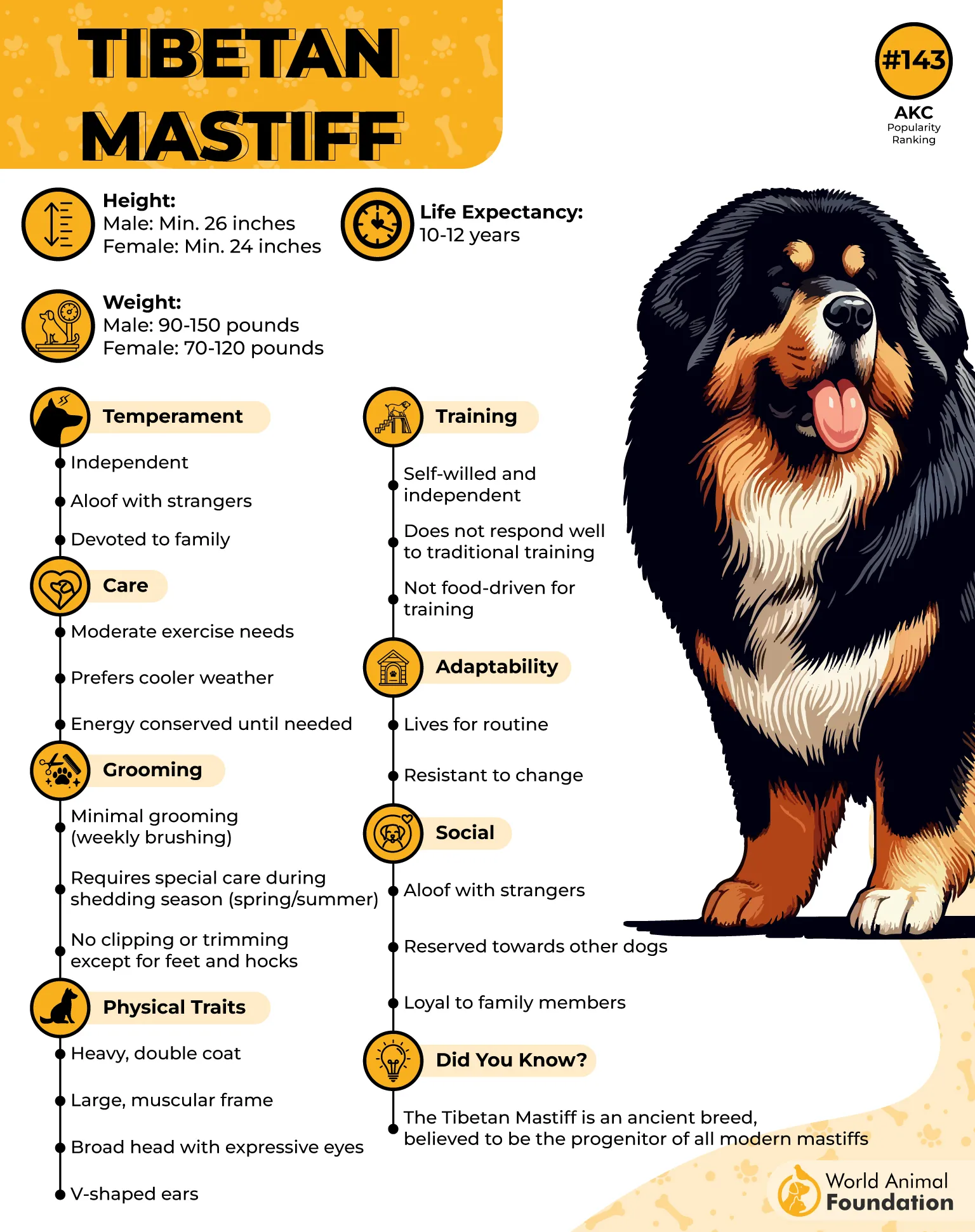
Their aloofness with strangers isn’t rudeness—it’s instinct. According to WebMD, Tibetan Mastiffs are natural guard dogs, and they don’t hand out trust like treats. But when they bond with you? It’s for life. That loyalty runs deep, quiet, serious, and absolutely unshakeable.
At home, they’re surprisingly quiet—until they’re not. Their bark? Deep, booming, and meant to carry across mountain ranges. So yeah, your neighbors will definitely know when a squirrel dares trespass. But oddly, they’re not yappy—they just bark when it matters.
They’re not hyper or high-strung, either. In fact, they’re chill—borderline stoic indoors. A cozy corner and a good vantage point? That’s all they need. But don’t mistake stillness for laziness—they’re constantly assessing, always aware of what’s going on in their space.
Fun Fact: Tibetan Mastiffs are considered one of the most expensive dog breeds ever sold. One red-coated pup in China was purchased for a mind-blowing $1.5 million. Yep, they’re that rare—and that revered.
Conclusion
When it comes to the best giant dog breeds, size isn’t the only thing that makes them special. These massive dogs often have even bigger hearts, offering families loyalty, protection, and a whole lot of love. From the lion-like mane of the Tibetan Mastiff to the webbed feet of the Newfoundland, each giant breed of dog was originally bred for a purpose—rescue, guarding, or companionship. These large-breed companions thrive in homes with more space, especially when shared with children or other pets.
Whether you’re walking your Great Dane, playing fetch with a Saint Bernard, or snuggling with a French Mastiff, daily care is key. That includes early training, daily exercise, proper veterinary medicine, and good nutrition—because let’s face it, a fully grown giant dog eats like a small horse. These dogs may be gentle giants, but don’t be fooled—they’re incredibly smart, sometimes stubborn, and definitely need to be handled with calm control. Some breeds like the Irish Wolfhound, Neapolitan Mastiff, and Great Pyrenees were built for cold weather, while others like the Dogue de Bordeaux gained popularity post–World War II.
From breeders to rescues, families are drawn to these majestic giants for their adorable nature, deep loyalty, and natural ability to protect. While they can be wary of strangers, with the right guidance, they become loving guardians—especially around kids. Their life expectancy may be shorter than small breeds, but the life they bring to a home is unmatched. So, if you’ve got the space, energy, and heart for a big dog, go for it—because the world needs more homes with giant dogs and even bigger hearts.


